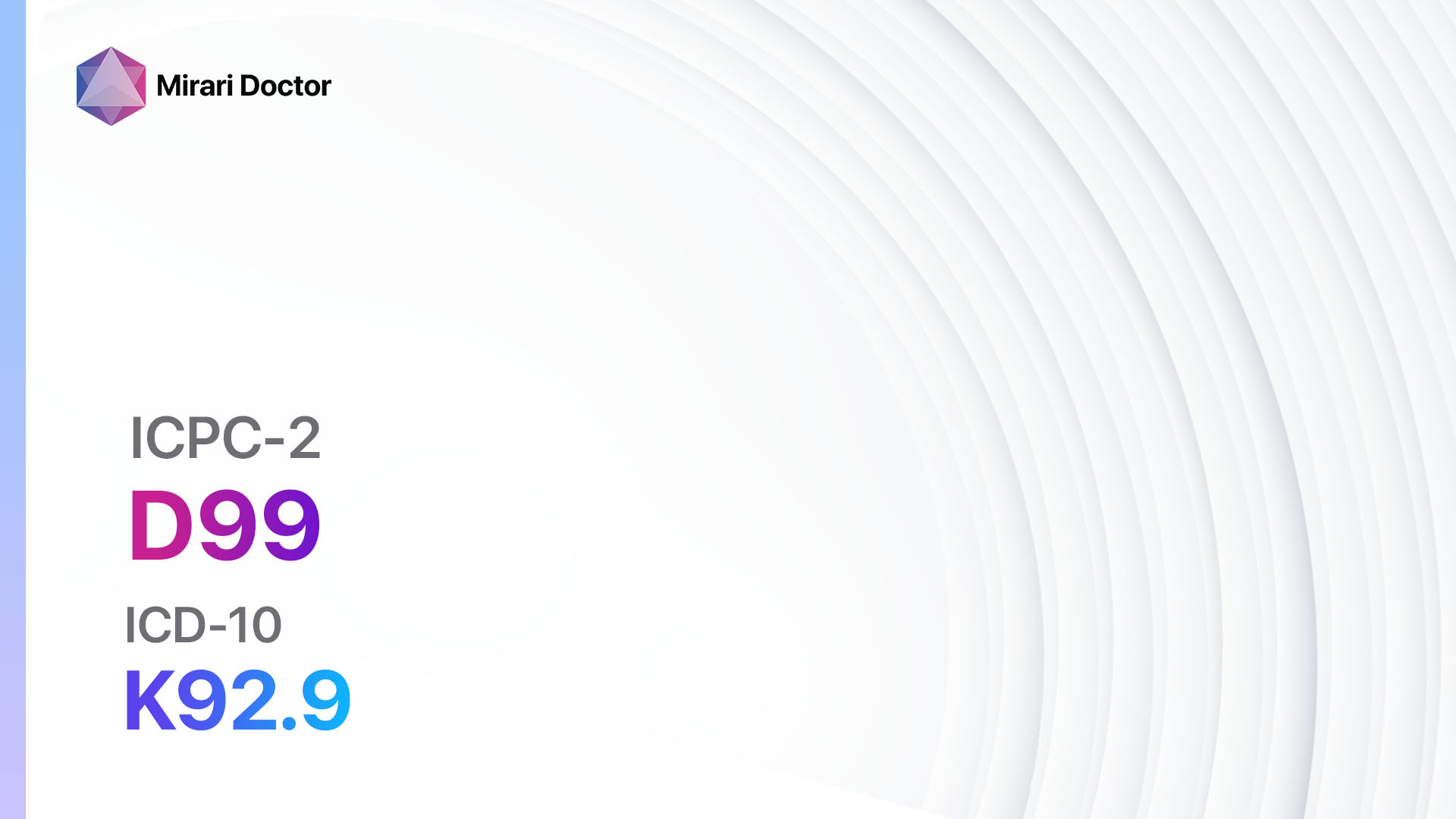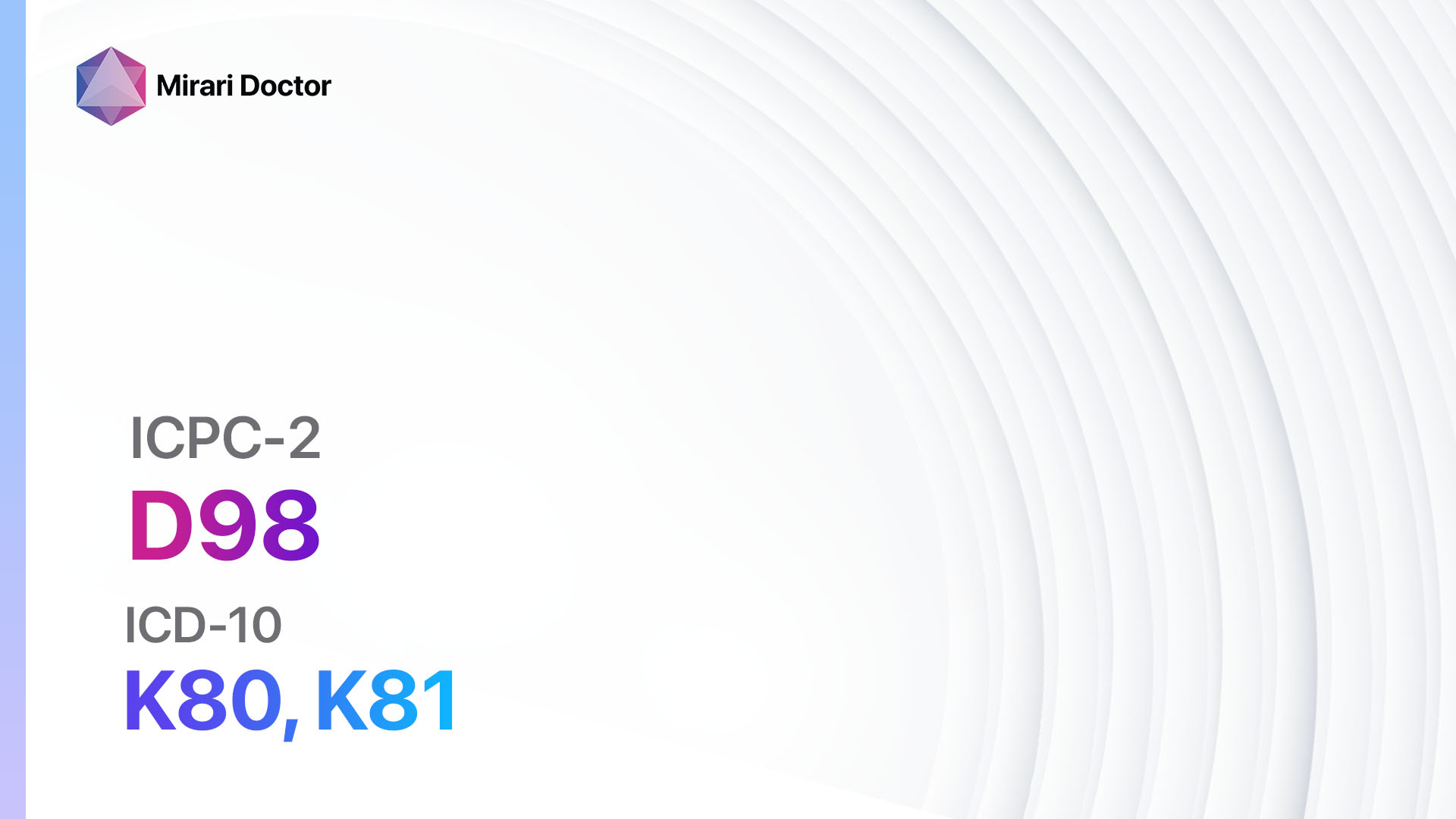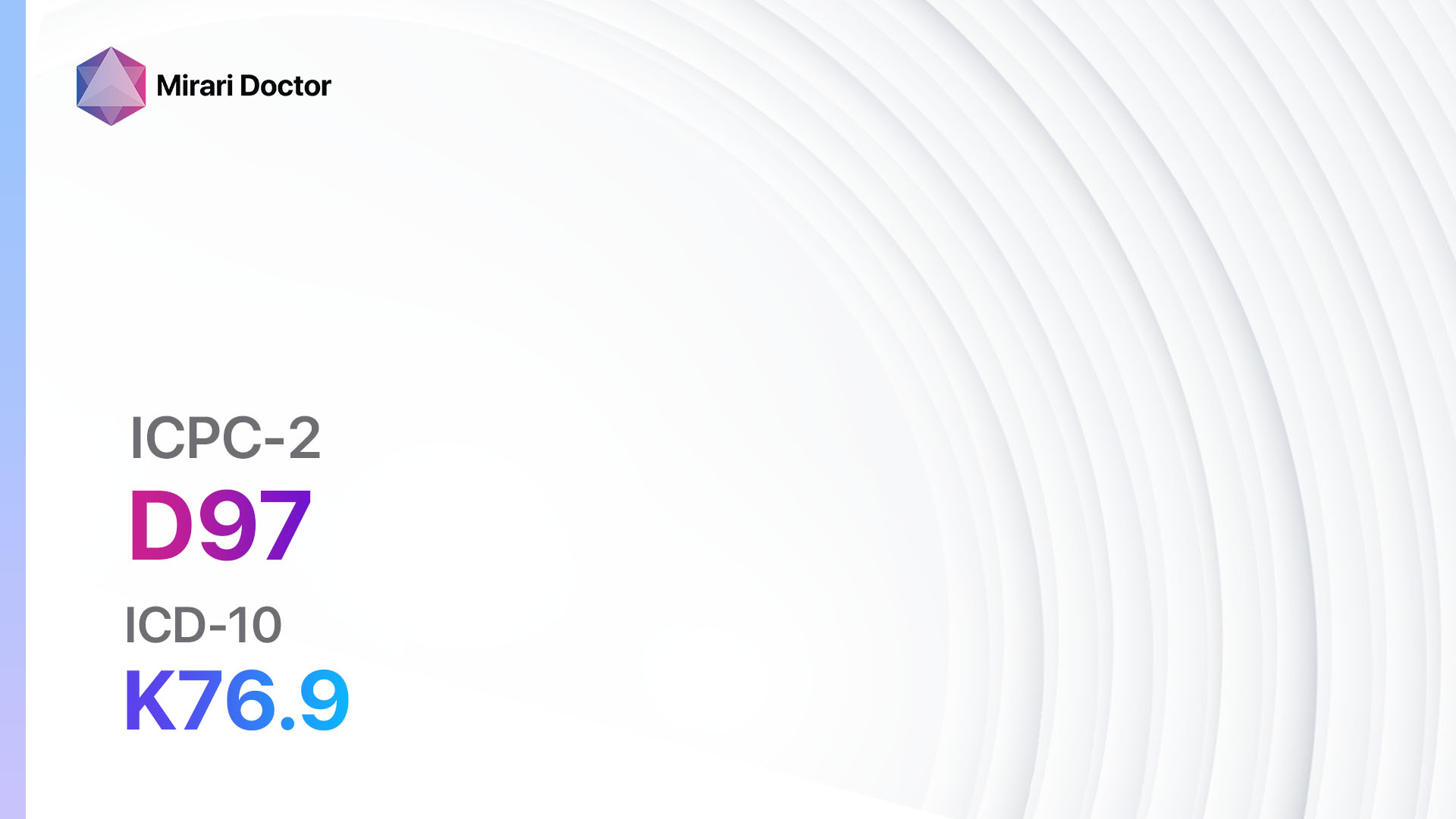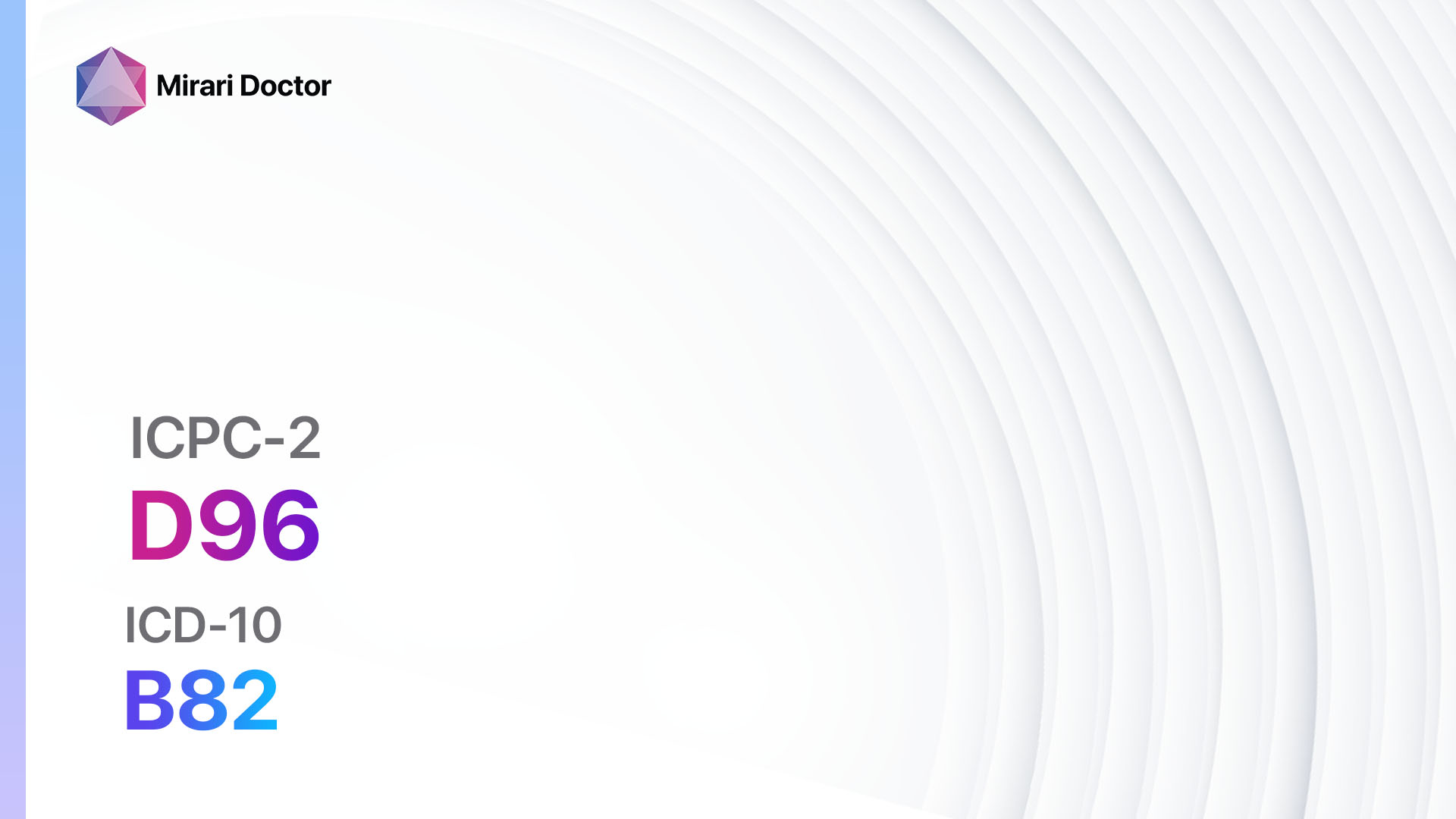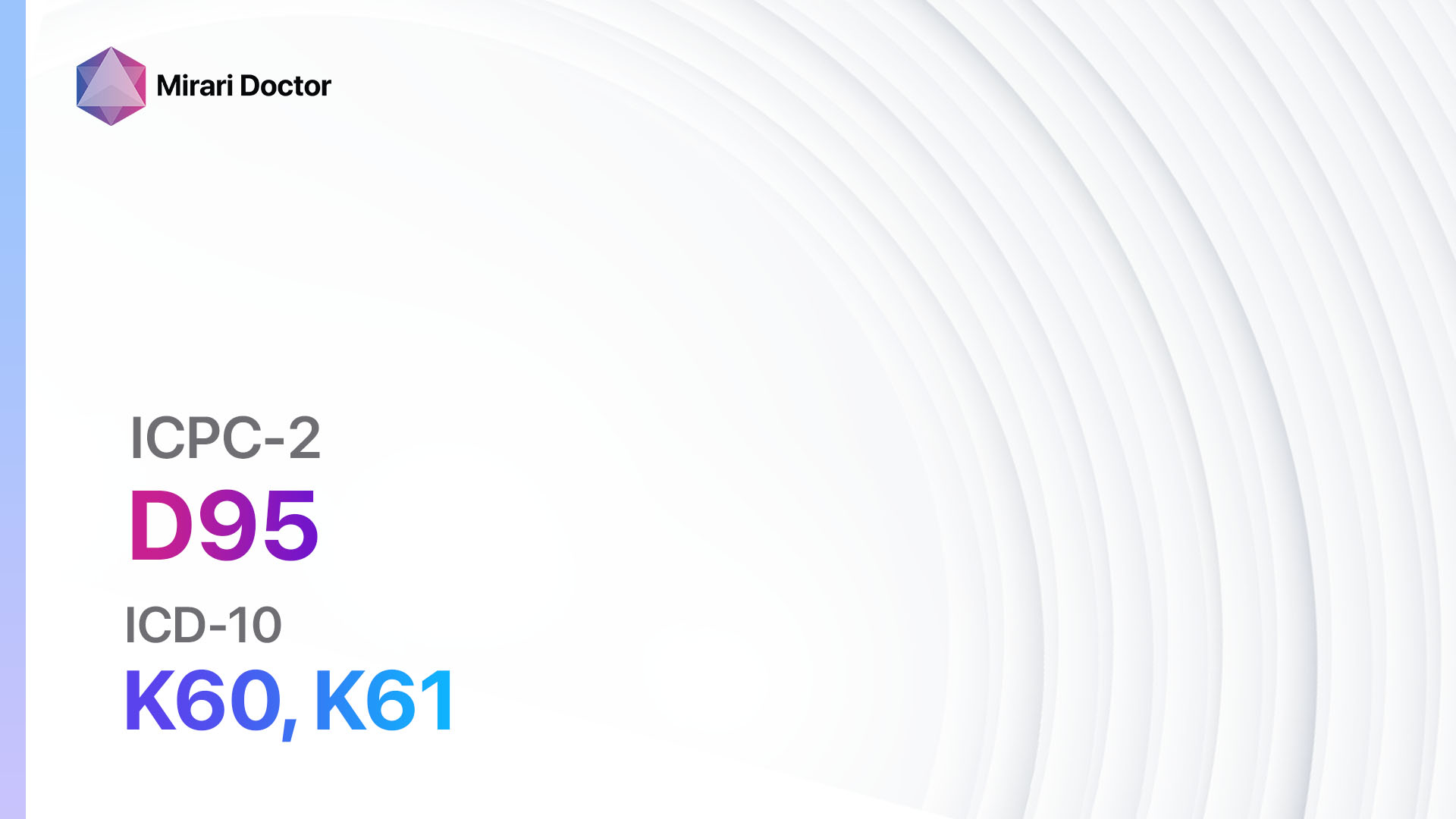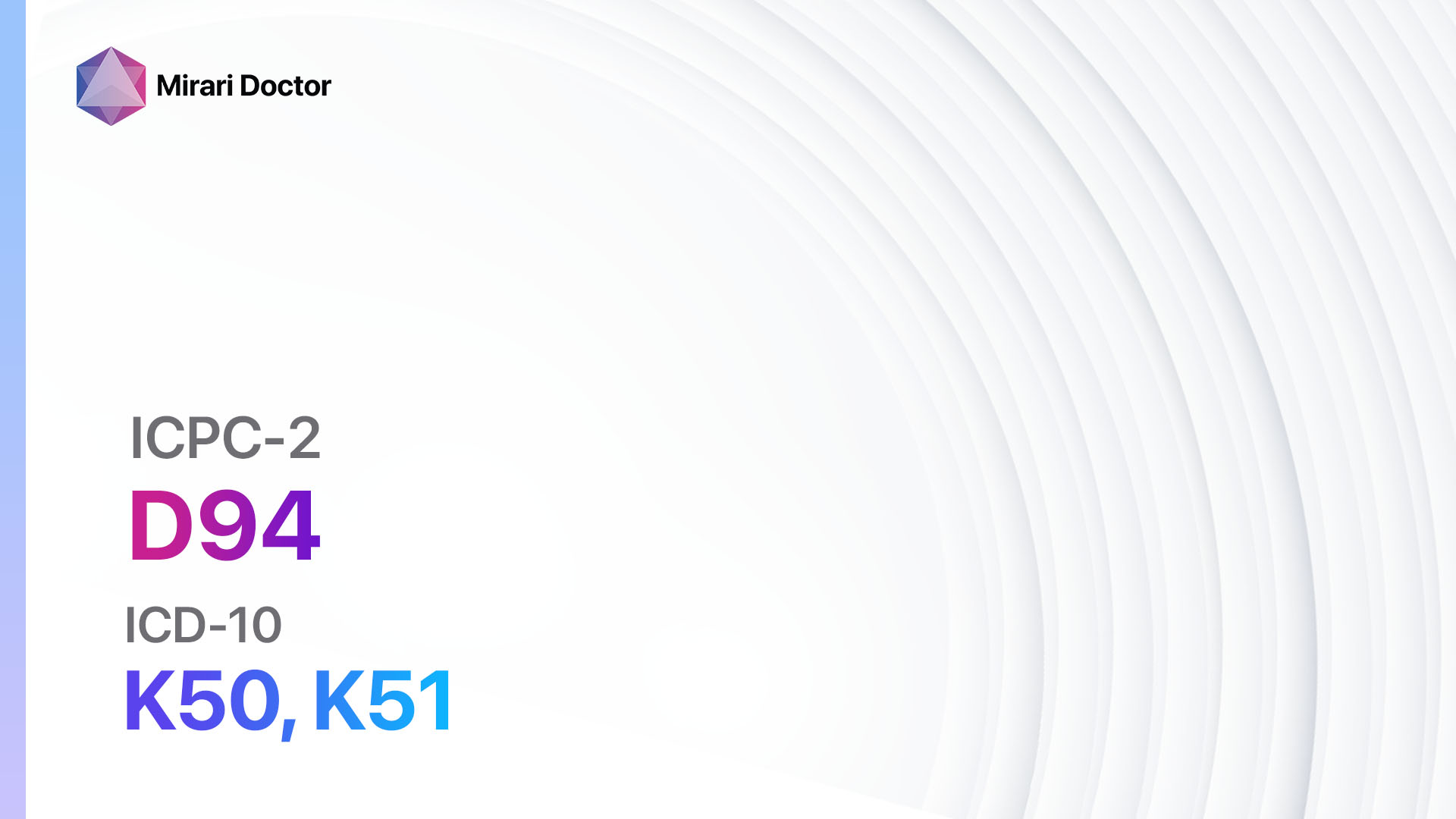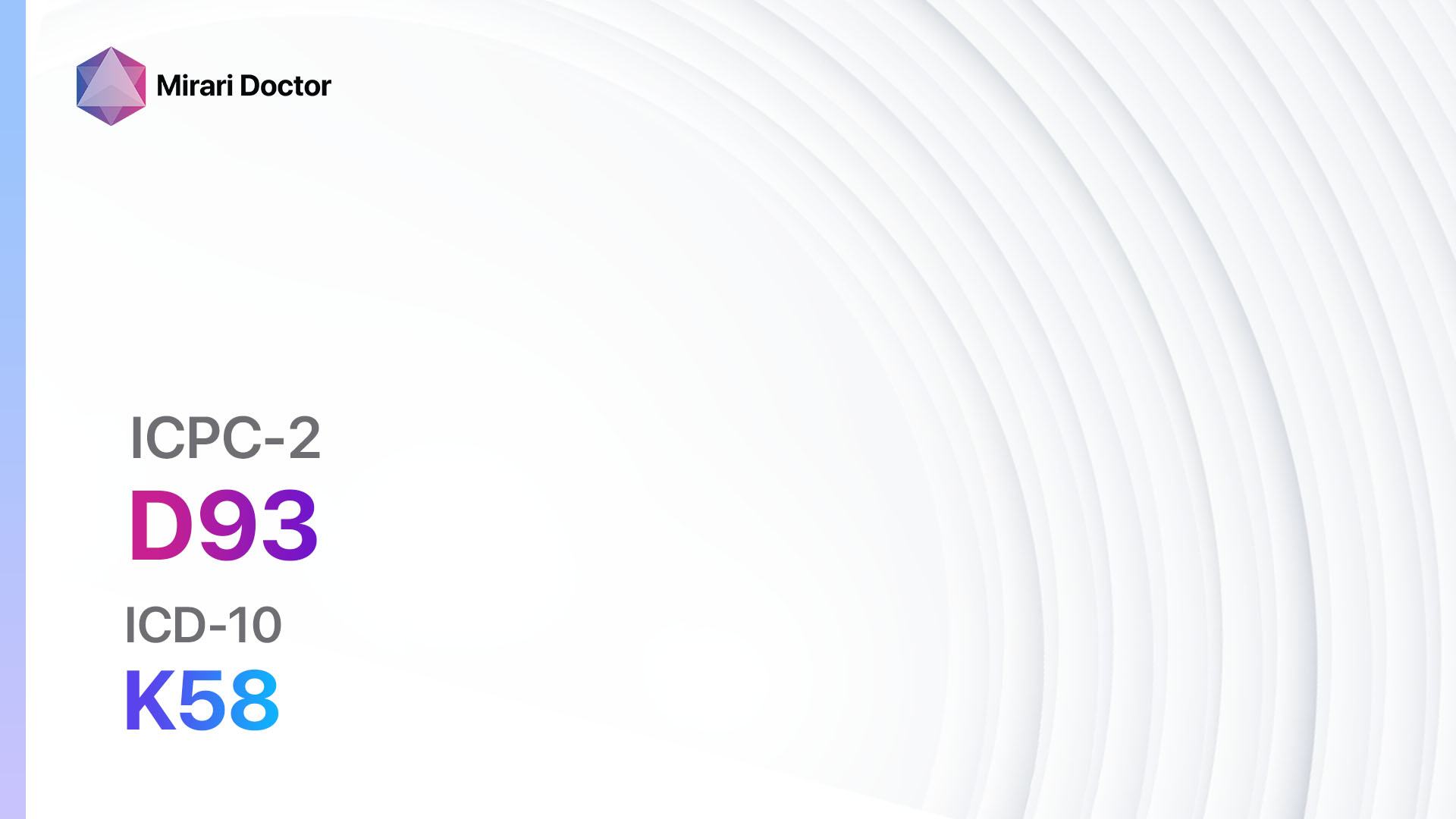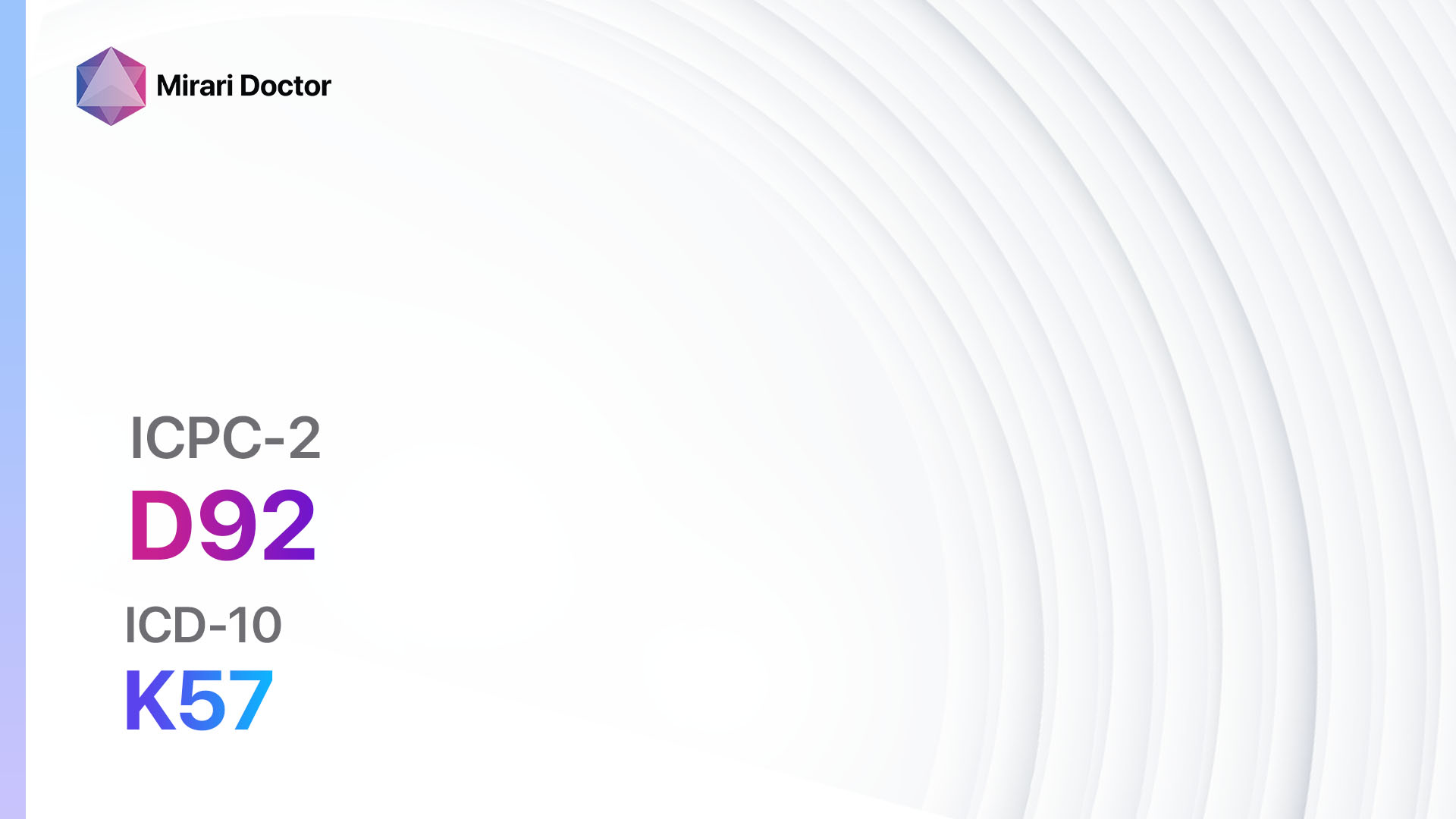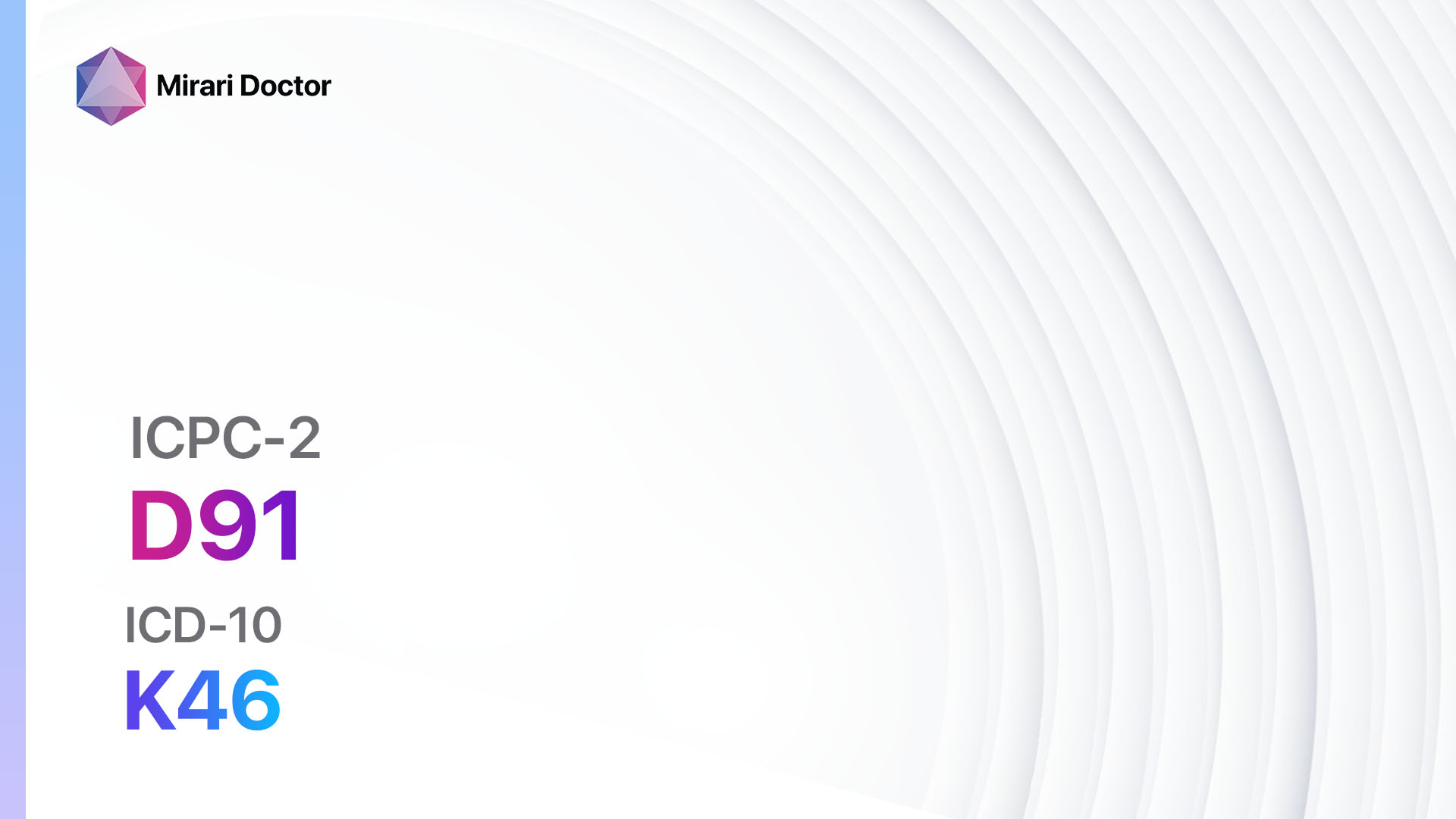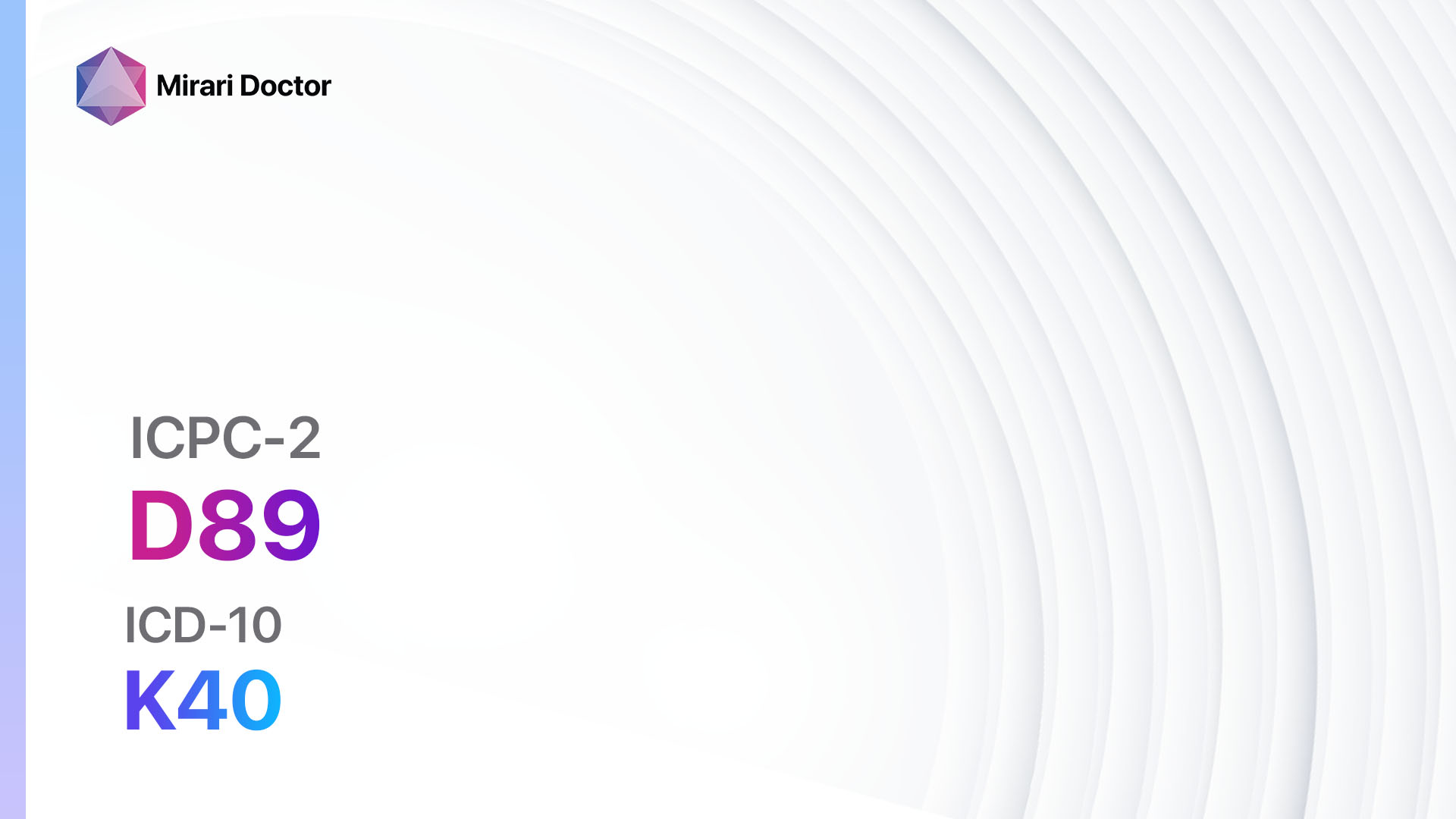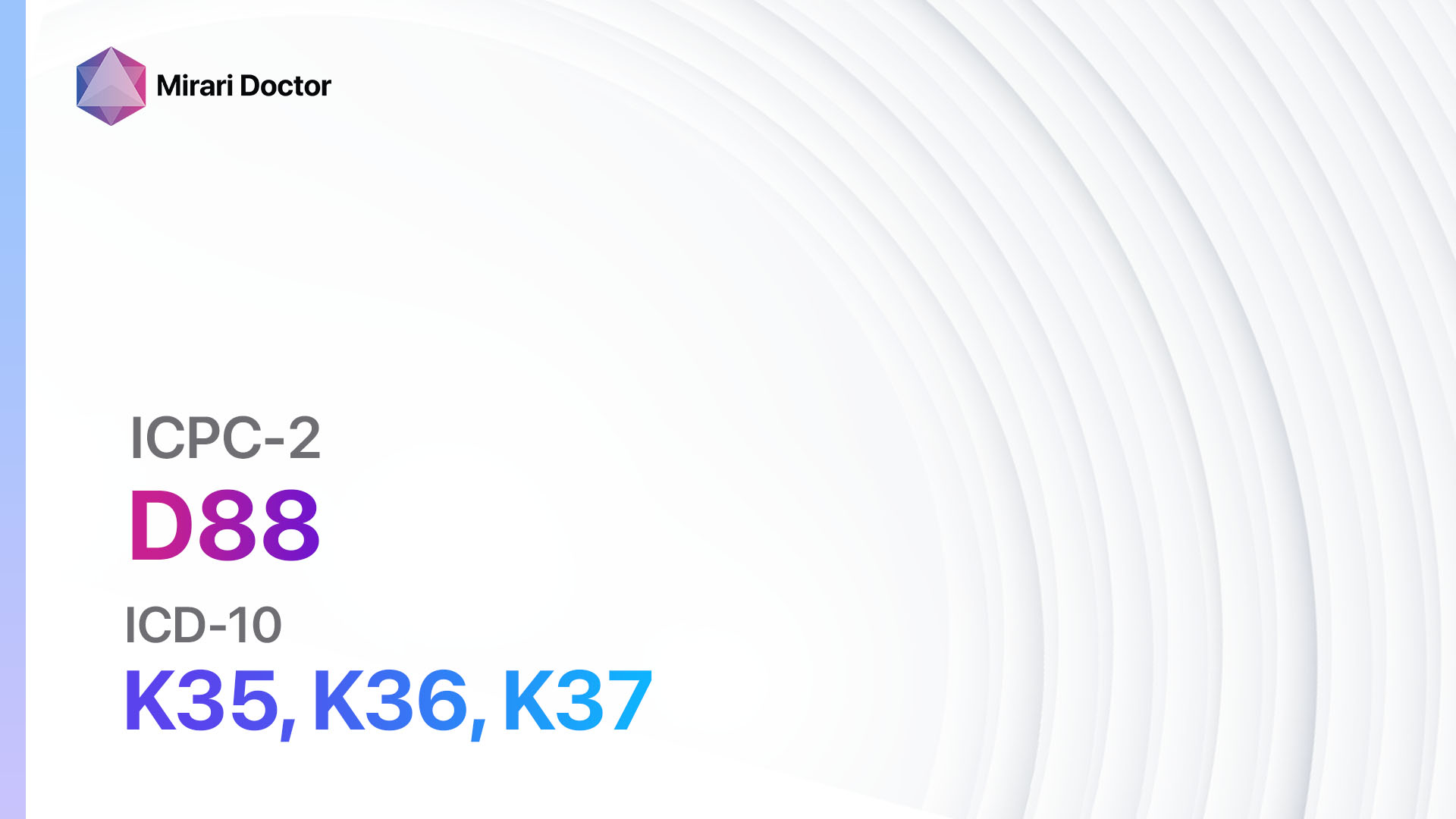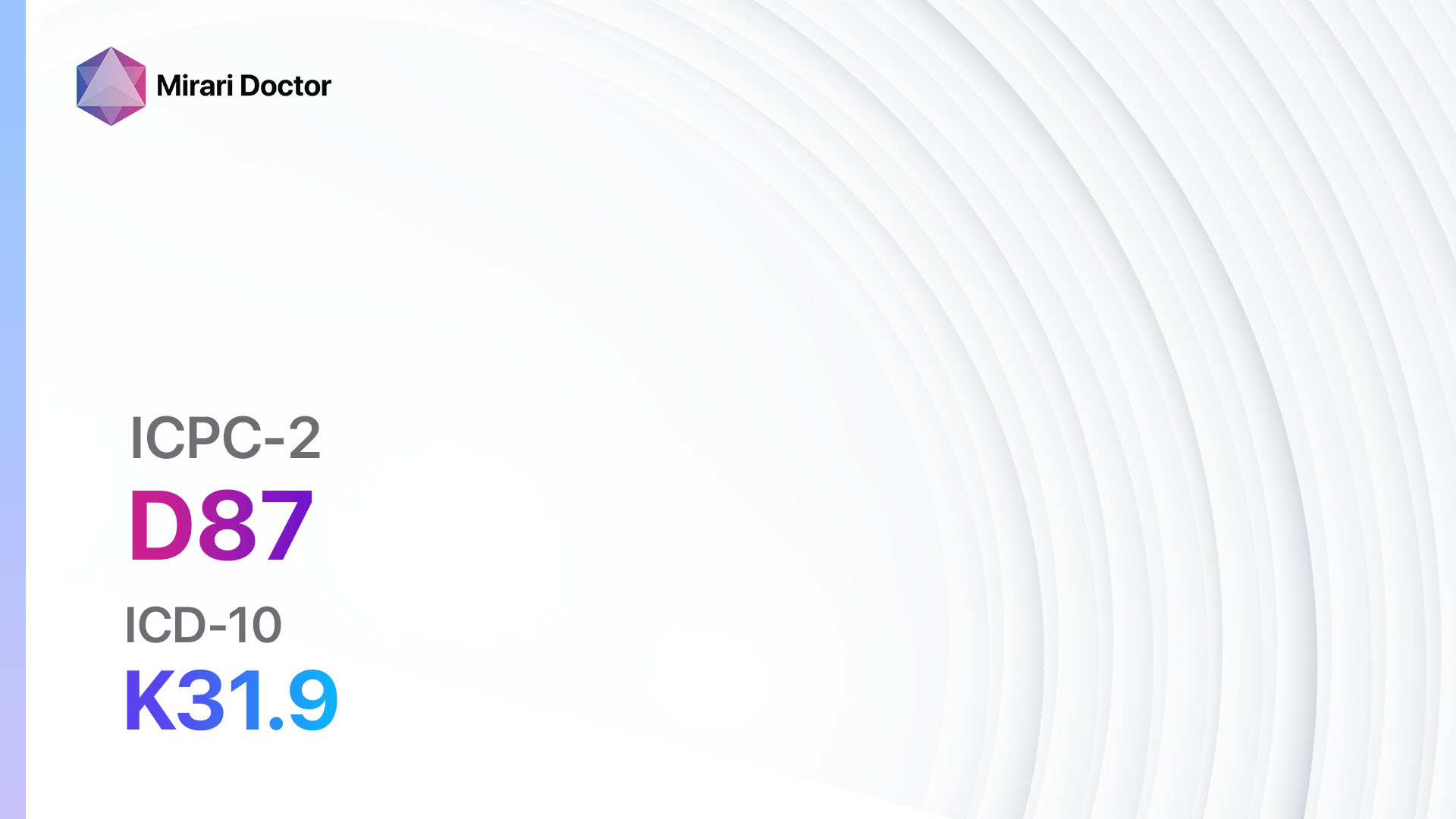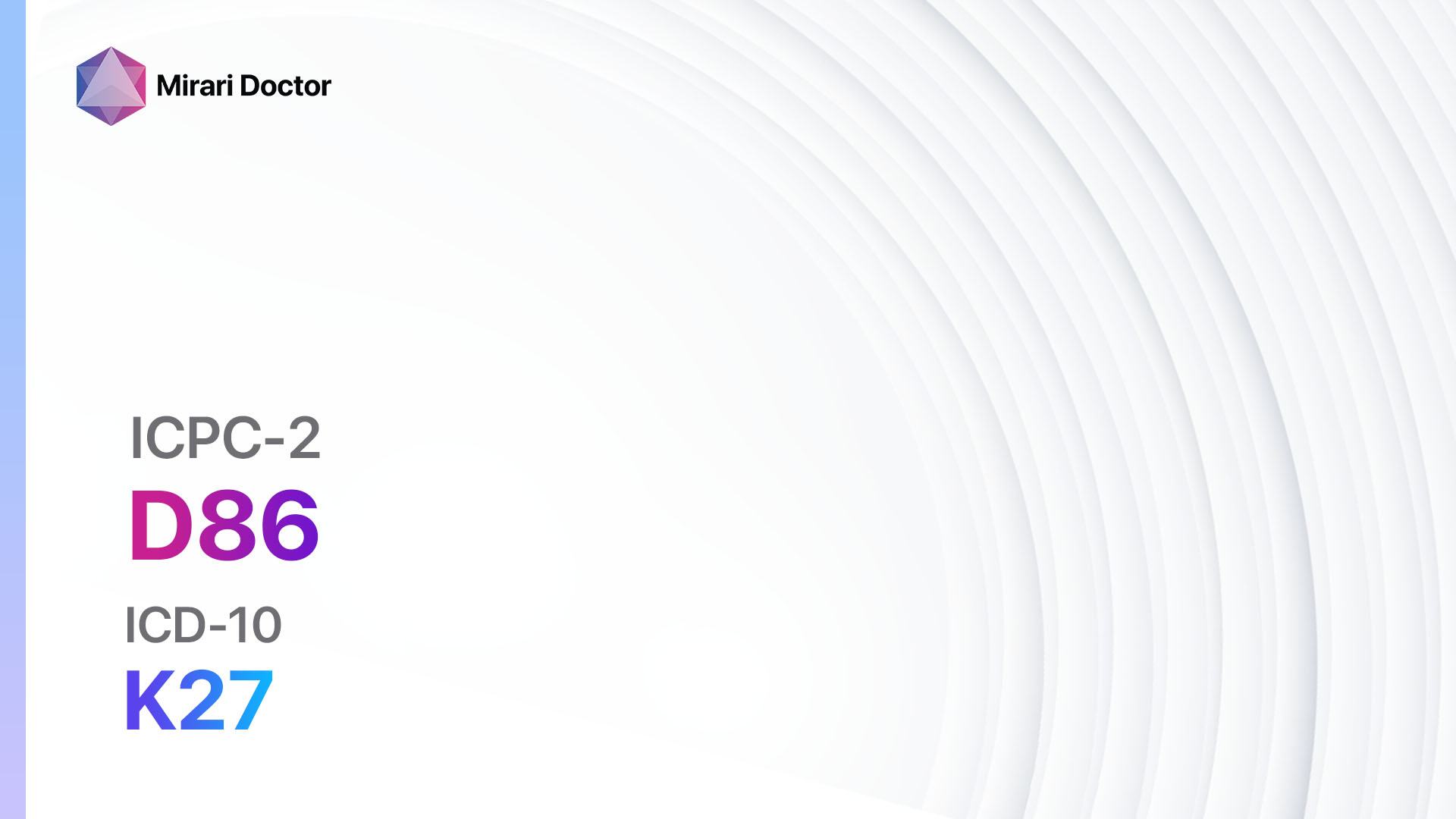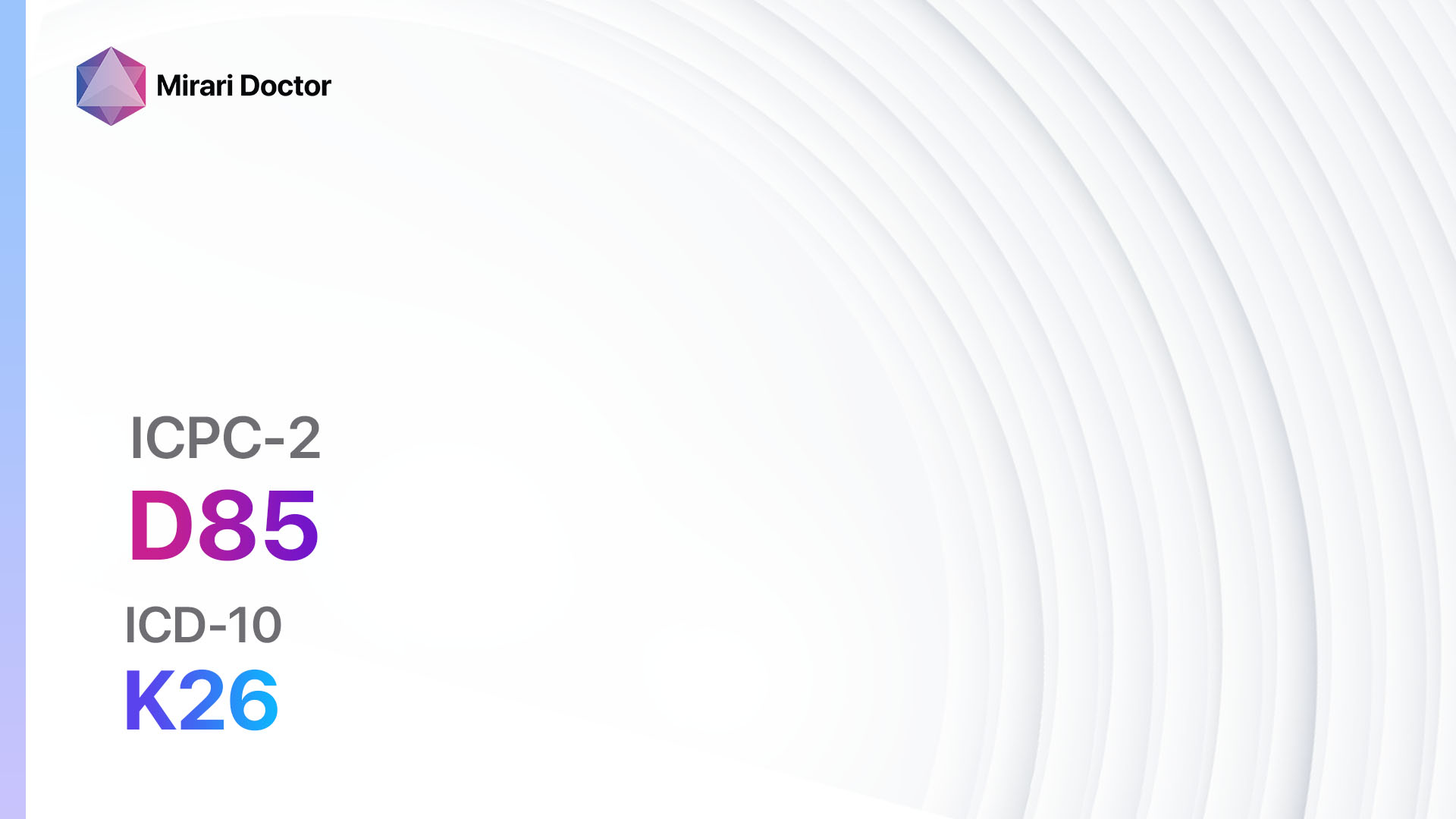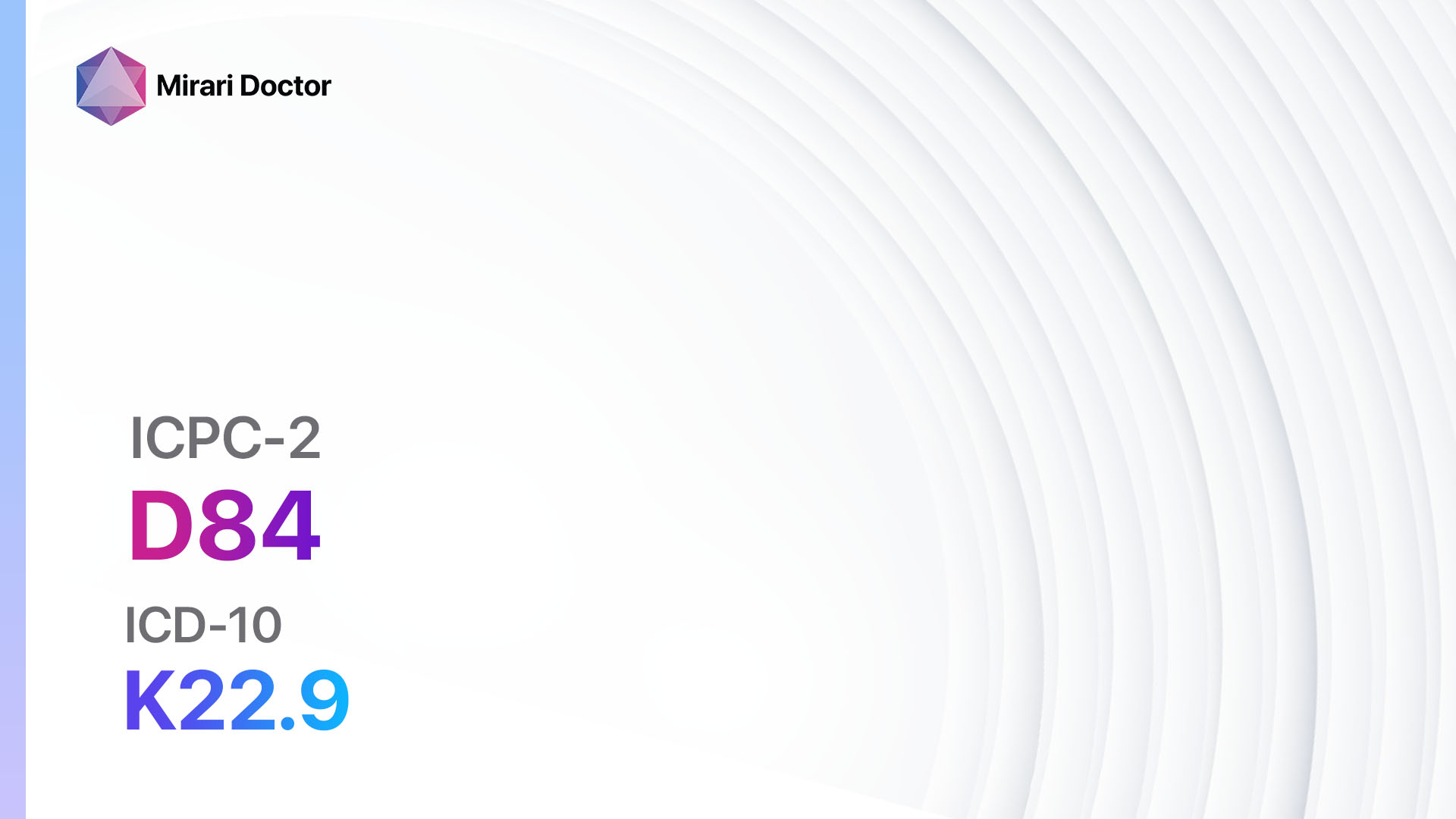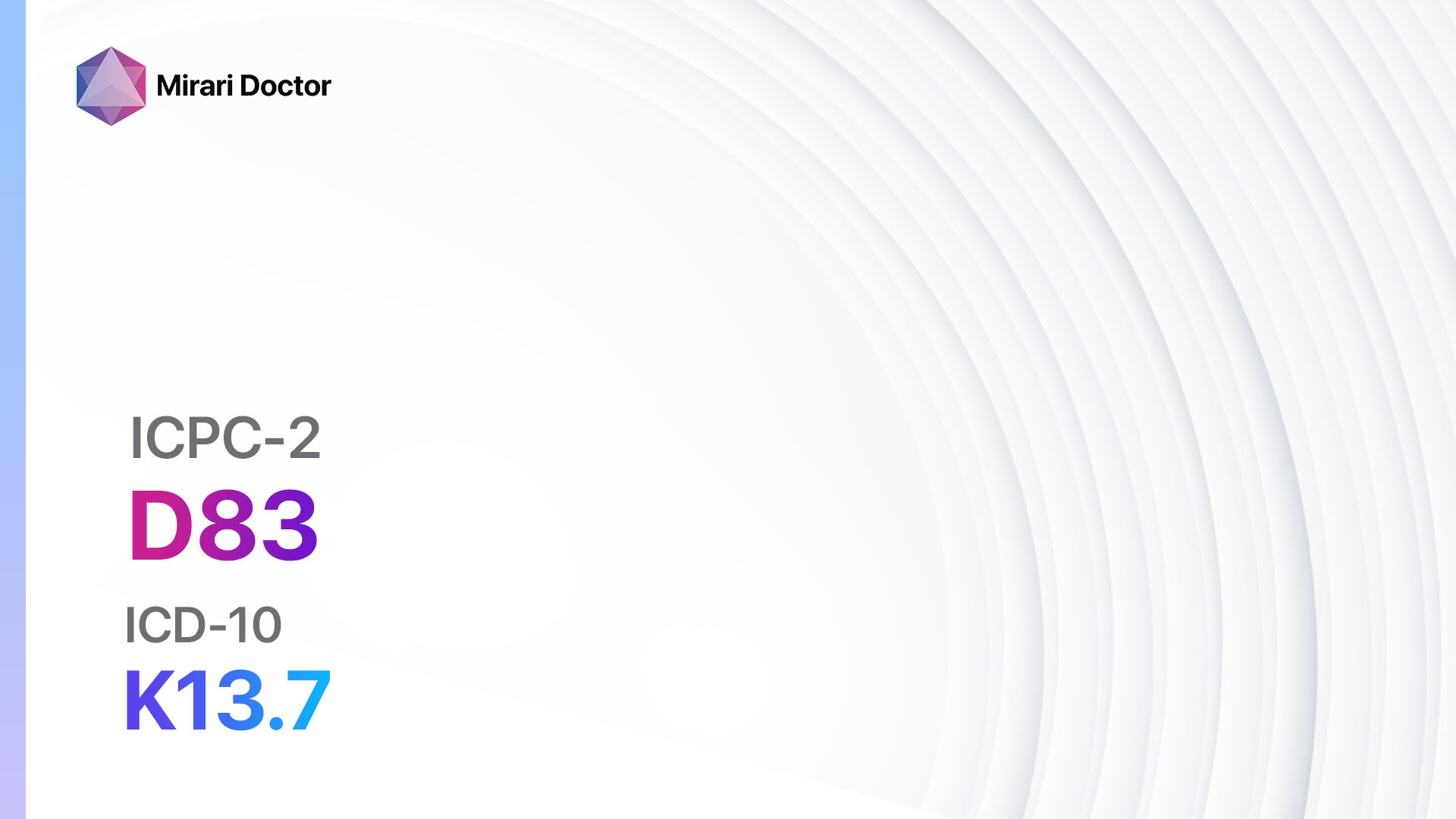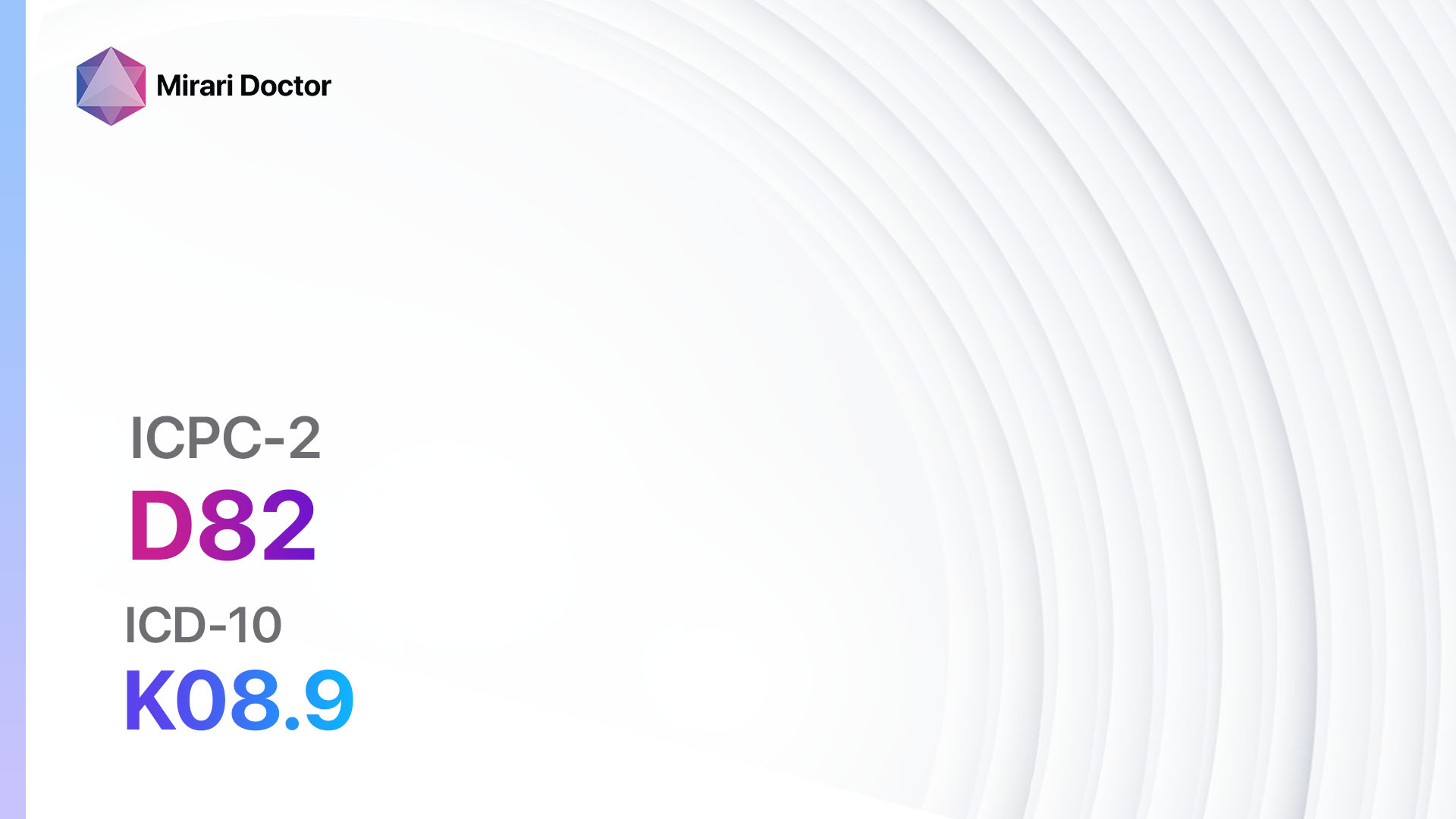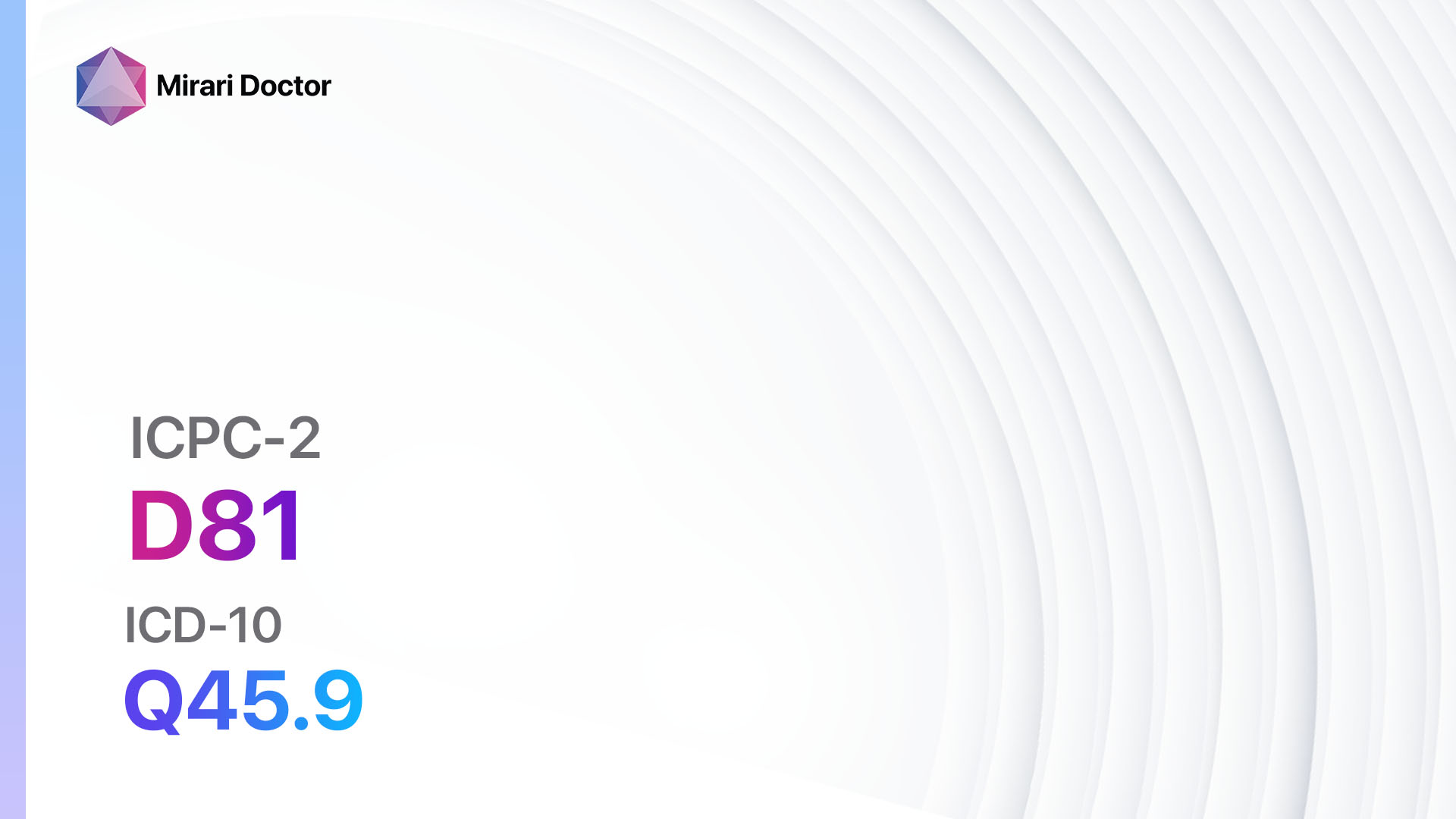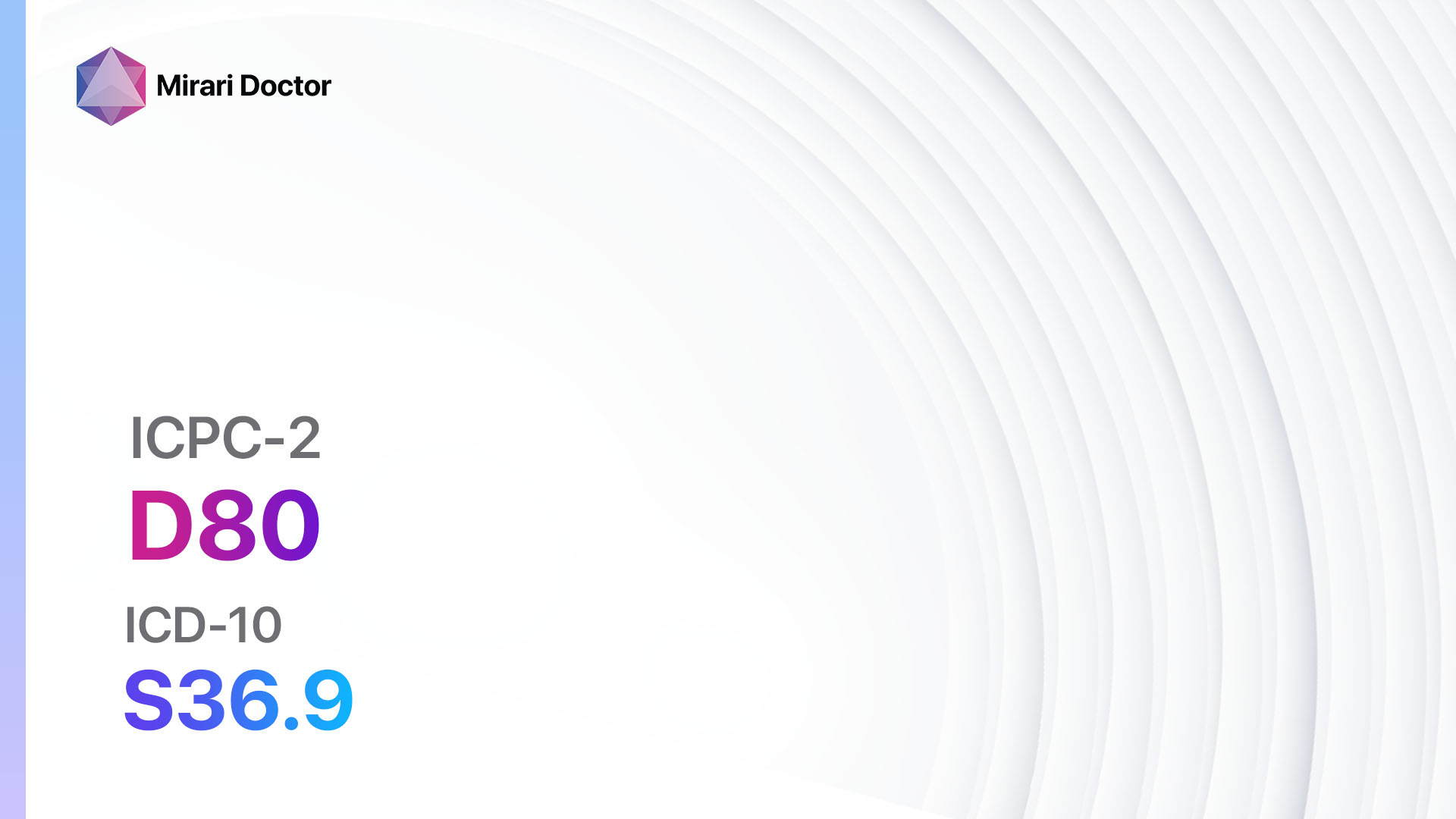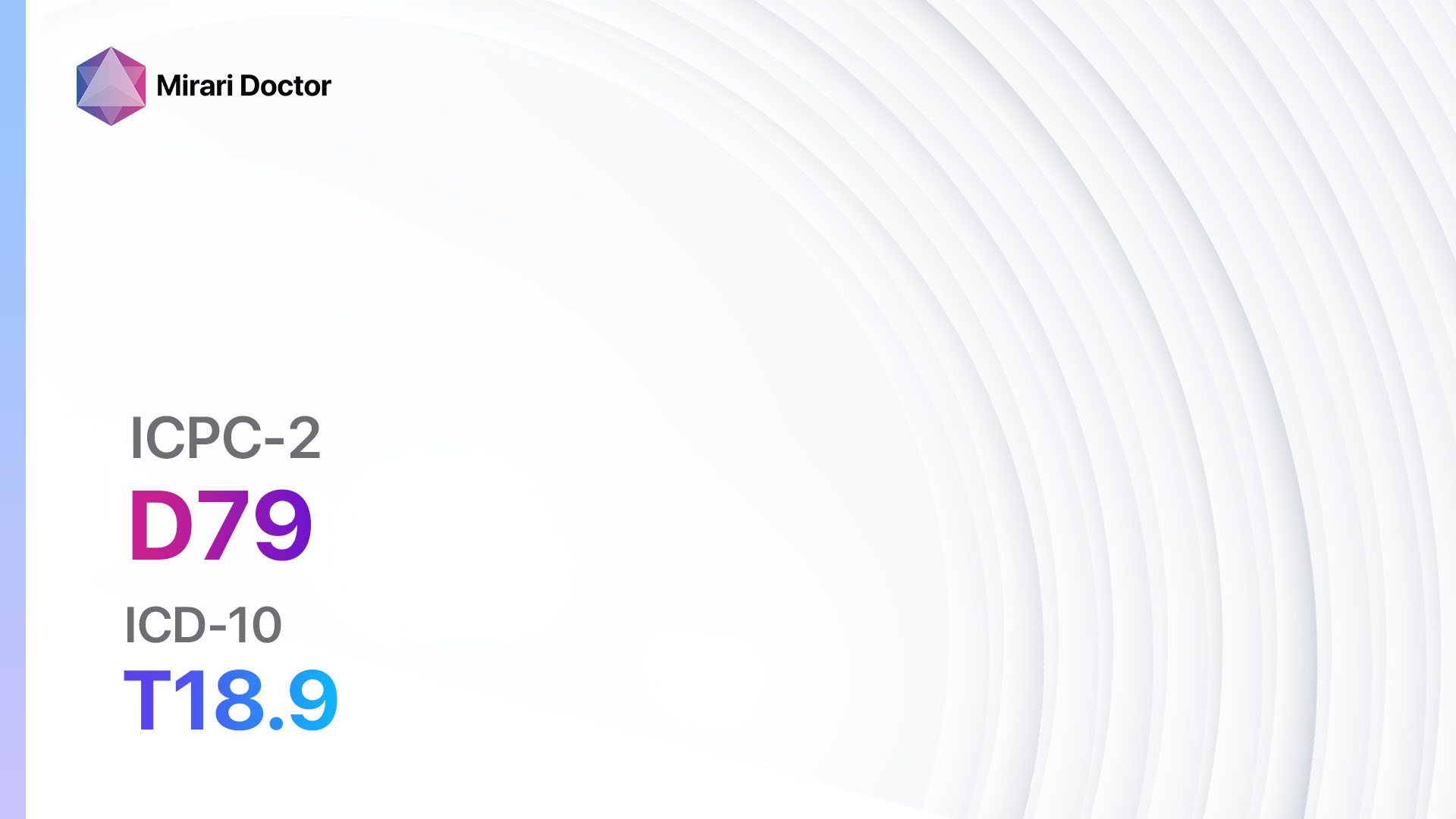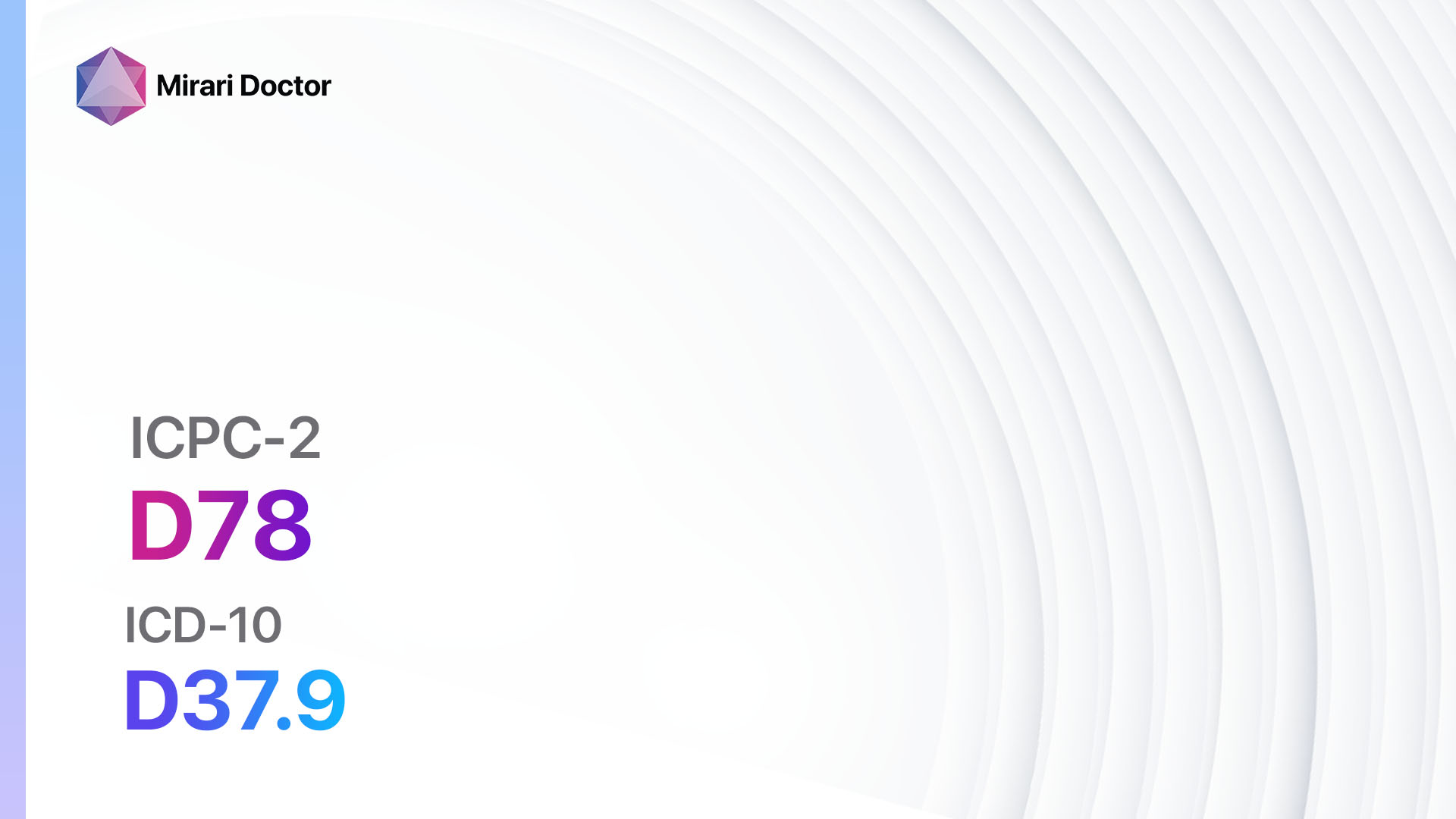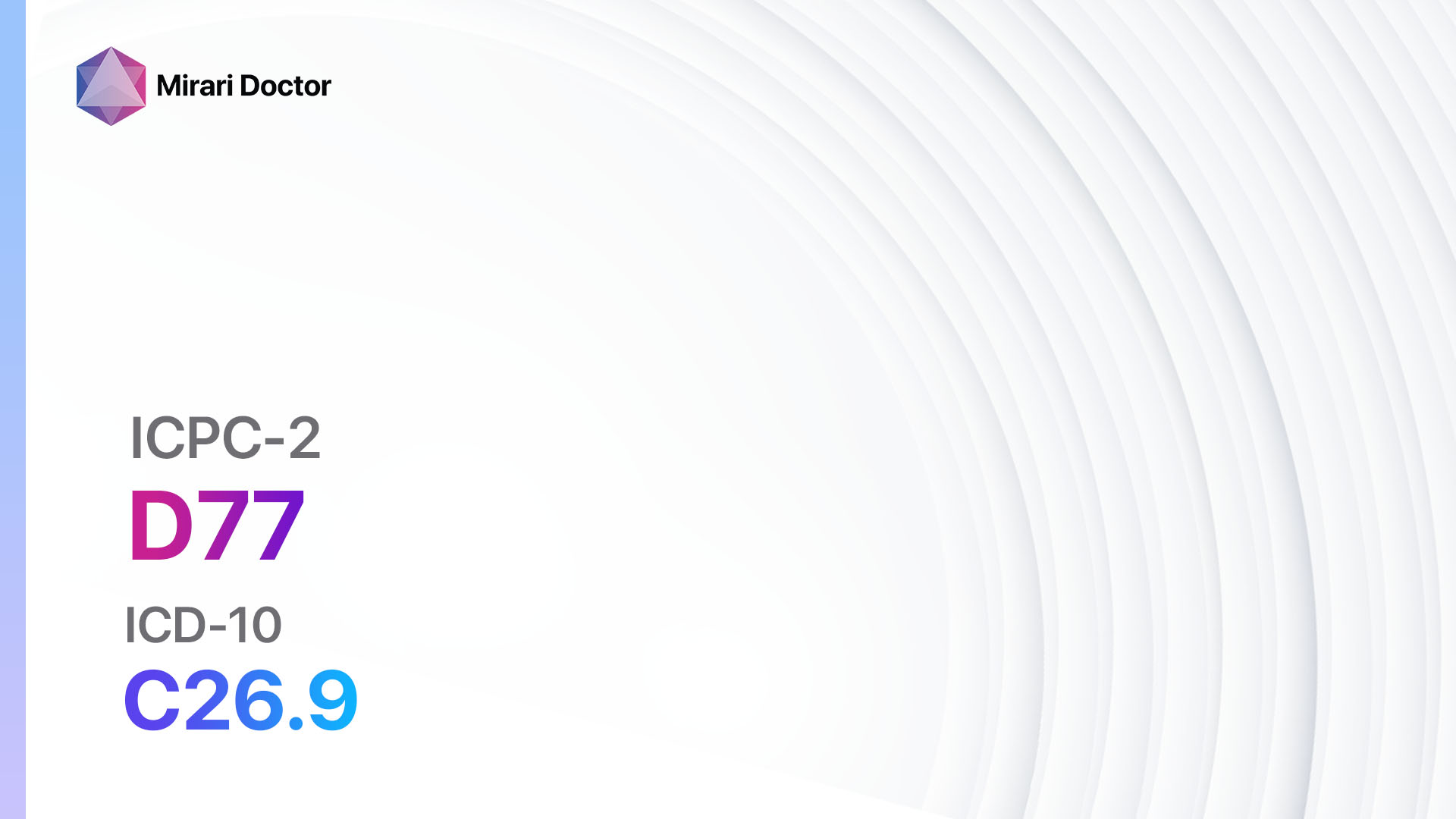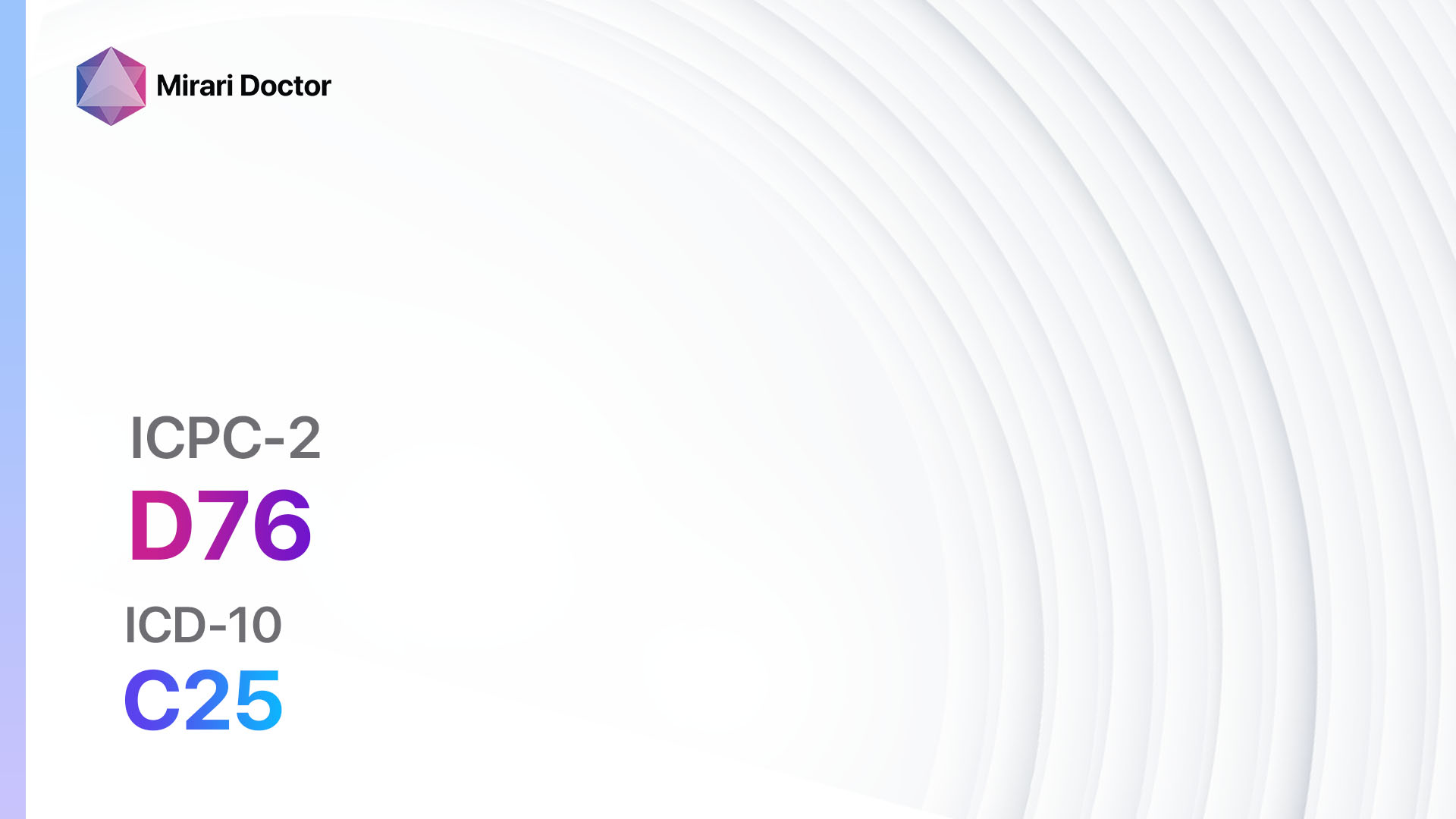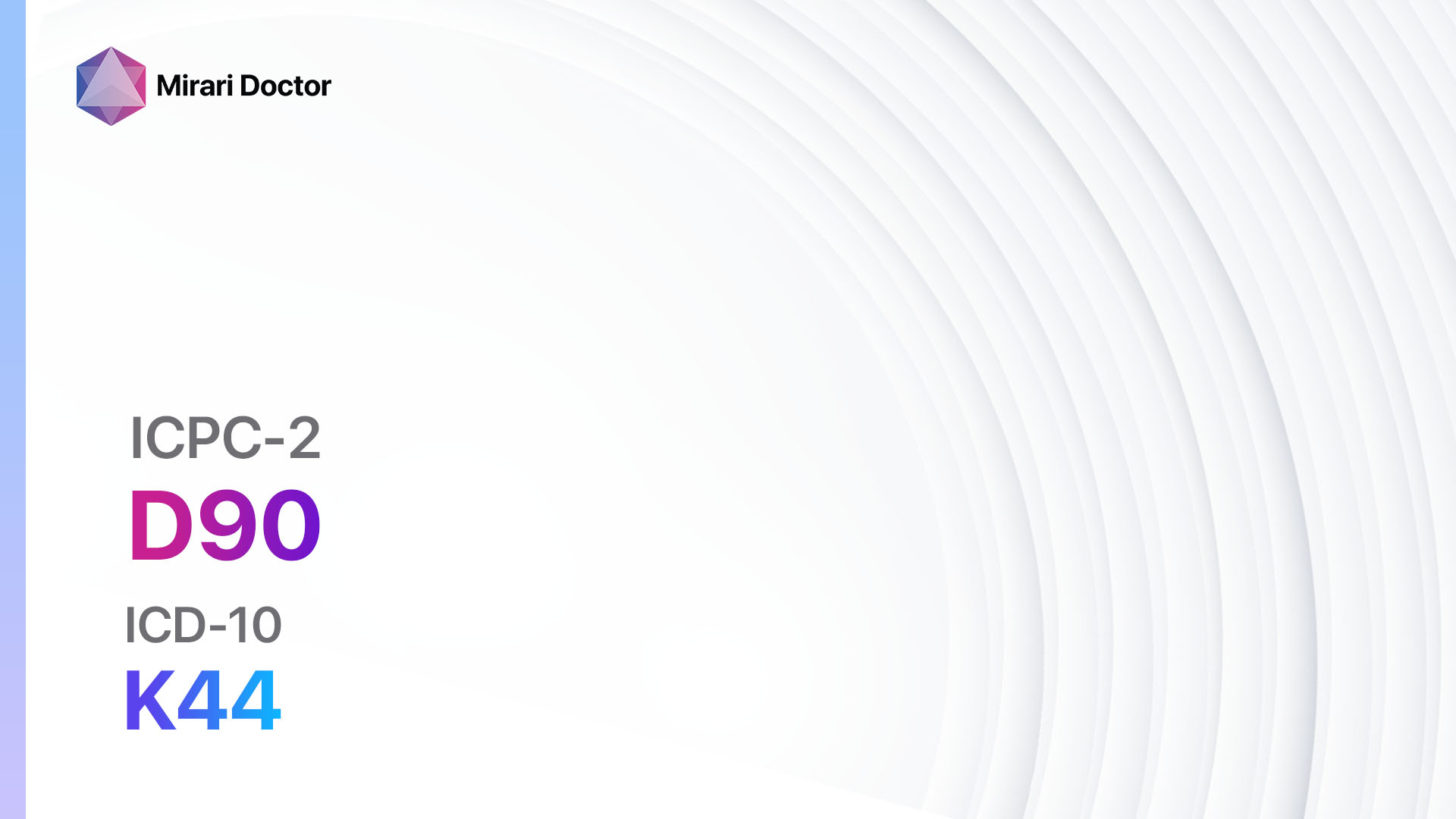
Introduction
Hiatus hernia, also known as hiatal hernia, is a condition where a portion of the stomach protrudes through the diaphragm into the chest cavity[1]. This can cause symptoms such as heartburn, chest pain, and difficulty swallowing[2]. The aim of this guide is to provide an overview of the symptoms, causes, diagnostic steps, possible interventions, and lifestyle interventions for hiatus hernia.
Codes
Symptoms
- Heartburn: A burning sensation in the chest, often after eating or lying down[5].
- Chest pain: Discomfort or pain in the chest, which may be mistaken for a heart attack[6].
- Difficulty swallowing: Sensation of food getting stuck in the throat or chest[7].
- Regurgitation: Acidic or bitter taste in the mouth, especially when lying down or bending over[8].
- Belching: Excessive burping or belching, often accompanied by a sour taste[9].
Causes
- Weakness in the diaphragm: The diaphragm is a muscle that separates the chest cavity from the abdomen. A weakness in the diaphragm can allow the stomach to protrude through[1].
- Increased pressure in the abdomen: Factors such as obesity, pregnancy, or heavy lifting can increase pressure in the abdomen and contribute to the development of a hiatus hernia[2].
Diagnostic Steps
Medical History
- Gather information about the patient’s symptoms, including the frequency and severity[5].
- Ask about any risk factors, such as obesity or pregnancy[2].
- Inquire about any medical conditions that may contribute to the development of a hiatus hernia, such as gastroesophageal reflux disease (GERD)[6].
Physical Examination
- Perform a thorough physical examination, including palpation of the abdomen and chest[7].
- Look for signs of reflux, such as redness or irritation in the throat[8].
- Check for any abnormalities in the chest or abdomen[9].
Laboratory Tests
- No specific laboratory tests are required for the diagnosis of hiatus hernia[1].
Diagnostic Imaging
- Chest X-ray: Can help visualize the position of the stomach and diaphragm[2].
- Barium swallow: Involves swallowing a liquid containing barium, which helps visualize the esophagus and stomach on X-ray[5].
- Upper endoscopy: A flexible tube with a camera is inserted through the mouth to examine the esophagus and stomach[6].
Other Tests
- Esophageal manometry: Measures the pressure and movement of the esophagus to assess its function[7].
- pH monitoring: Involves placing a small tube in the esophagus to measure acid levels over a 24-hour period[8].
Follow-up and Patient Education
- Schedule follow-up appointments to monitor symptoms and assess the effectiveness of interventions[9].
- Educate the patient about lifestyle modifications and the importance of managing symptoms[1].
Possible Interventions
Traditional Interventions
Medications:
Top 5 drugs for Hiatus hernia:
- Proton pump inhibitors (PPIs) (e.g., Omeprazole, Esomeprazole):
- Cost : Generic versions can be $10-$50/month.
- Contraindications : Hypersensitivity to PPIs.
- Side effects : Headache, diarrhea, nausea.
- Severe side effects : Clostridium difficile infection, kidney damage.
- Drug interactions: Clopidogrel, methotrexate.
- Warning : Long-term use may increase the risk of fractures and vitamin B12 deficiency.
- H2 receptor blockers (e.g., Ranitidine, Famotidine):
- Cost : Generic versions can be $5-$20/month.
- Contraindications : Hypersensitivity to H2 receptor blockers.
- Side effects : Headache, dizziness, constipation.
- Severe side effects : Confusion, irregular heartbeat.
- Drug interactions: Warfarin, phenytoin.
- Warning : May mask symptoms of gastric cancer.
- Antacids (e.g., Aluminum hydroxide, Magnesium hydroxide):
- Cost : Over-the-counter versions are inexpensive.
- Contraindications : Hypersensitivity to antacids.
- Side effects : Constipation, diarrhea.
- Severe side effects : Kidney stones, electrolyte imbalances.
- Drug interactions: Tetracycline, iron supplements.
- Warning : Long-term use may lead to rebound acid hypersecretion.
- Prokinetic agents (e.g., Metoclopramide, Domperidone):
- Cost : Generic versions can be $10-$30/month.
- Contraindications : Gastrointestinal bleeding, mechanical obstruction.
- Side effects : Drowsiness, restlessness, diarrhea.
- Severe side effects : Tardive dyskinesia, neuroleptic malignant syndrome.
- Drug interactions: Antipsychotics, opioids.
- Warning : Limited use due to potential serious side effects.
- Sucralfate:
- Cost : Generic versions can be $10-$30/month.
- Contraindications : Hypersensitivity to sucralfate.
- Side effects : Constipation, dry mouth.
- Severe side effects : Allergic reactions.
- Drug interactions: Fluoroquinolones, phenytoin.
- Warning : Administer at least 2 hours apart from other medications.
Alternative Drugs:
- Gaviscon (alginic acid): Forms a protective barrier in the stomach to prevent reflux.
- Baclofen: A muscle relaxant that can help reduce the frequency of transient lower esophageal sphincter relaxations.
- Dexlansoprazole: A PPI with an extended-release formulation for once-daily dosing.
- Alginate-based antacids (e.g., Gaviscon Advance): Provides additional protection against reflux.
Surgical Procedures:
- Laparoscopic Nissen fundoplication: Involves wrapping the upper part of the stomach around the lower esophagus to strengthen the lower esophageal sphincter.
- Cost : $10,000 to $30,000.
- Laparoscopic Linx procedure: Involves placing a magnetic ring around the lower esophagus to prevent reflux.
- Cost : $15,000 to $25,000.
Alternative Interventions
- Acupuncture: May help reduce symptoms of reflux and improve overall well-being.
- Cost: $60-$120 per session.
- Herbal supplements: Some herbs, such as slippery elm and marshmallow root, may help soothe the lining of the esophagus.
- Cost: Varies depending on the specific supplement.
- Chiropractic care: Spinal adjustments may help improve nerve function and reduce symptoms.
- Cost: $30-$200 per session.
- Ginger: Can help reduce inflammation and improve digestion.
- Cost: Varies depending on the form (e.g., fresh ginger, ginger capsules).
- Lifestyle modifications: Including weight loss, avoiding trigger foods, and elevating the head of the bed.
- Cost: Varies depending on individual choices and preferences.
Lifestyle Interventions
- Weight loss: Losing excess weight can help reduce pressure on the abdomen and improve symptoms.
- Cost: Varies depending on the chosen weight loss method (e.g., diet programs, gym memberships).
- Dietary modifications: Avoiding trigger foods such as spicy foods, citrus fruits, and caffeine.
- Cost: Varies depending on individual food choices and preferences.
- Elevating the head of the bed: Placing blocks or using a wedge pillow to elevate the head of the bed can help prevent reflux during sleep.
- Cost: $10-$50 for bed risers or wedge pillows.
- Smoking cessation: Quitting smoking can help reduce symptoms and improve overall health.
- Cost: Varies depending on the chosen smoking cessation method (e.g., nicotine replacement therapy, medications).
It is important to note that the cost ranges provided are approximate and may vary depending on the location and availability of the interventions.
Mirari Cold Plasma Alternative Intervention
Understanding Mirari Cold Plasma
- Safe and Non-Invasive Treatment: Mirari Cold Plasma is a safe and non-invasive treatment option for various skin conditions. It does not require incisions, minimizing the risk of scarring, bleeding, or tissue damage.
- Efficient Extraction of Foreign Bodies: Mirari Cold Plasma facilitates the removal of foreign bodies from the skin by degrading and dissociating organic matter, allowing easier access and extraction.
- Pain Reduction and Comfort: Mirari Cold Plasma has a local analgesic effect, providing pain relief during the treatment, making it more comfortable for the patient.
- Reduced Risk of Infection: Mirari Cold Plasma has antimicrobial properties, effectively killing bacteria and reducing the risk of infection.
- Accelerated Healing and Minimal Scarring: Mirari Cold Plasma stimulates wound healing and tissue regeneration, reducing healing time and minimizing the formation of scars.
Mirari Cold Plasma Prescription
Video instructions for using Mirari Cold Plasma Device – D90 Hiatus hernia (ICD-10:K44)
| Mild | Moderate | Severe |
| Mode setting: 1 (Infection) Location: 4 (Heart, Bile & Pancreas) Morning: 15 minutes, Evening: 15 minutes |
Mode setting: 1 (Infection) Location: 4 (Heart, Bile & Pancreas) Morning: 30 minutes, Lunch: 30 minutes, Evening: 30 minutes |
Mode setting: 1 (Infection) Location: 4 (Heart, Bile & Pancreas) Morning: 30 minutes, Lunch: 30 minutes, Evening: 30 minutes |
| Mode setting: 2 (Wound Healing) Location: 4 (Heart, Bile & Pancreas) Morning: 15 minutes, Evening: 15 minutes |
Mode setting: 2 (Wound Healing) Location: 4 (Heart, Bile & Pancreas) Morning: 30 minutes, Lunch: 30 minutes, Evening: 30 minutes |
Mode setting: 2 (Wound Healing) Location: 4 (Heart, Bile & Pancreas) Morning: 30 minutes, Lunch: 30 minutes, Evening: 30 minutes |
| Mode setting: 3 (Antiviral Therapy) Location: 3 (Kidney, Liver & Spleen) Morning: 15 minutes, Evening: 15 minutes |
Mode setting:3 (Antiviral Therapy) Location: 3 (Kidney, Liver & Spleen) Morning: 30 minutes, Lunch: 30 minutes, Evening: 30 minutes |
Mode setting: 3 (Antiviral Therapy) Location: 3 (Kidney, Liver & Spleen) Morning: 30 minutes, Lunch: 30 minutes, Evening: 30 minutes |
| Mode setting: 7 (Immunotherapy) Location: 4 (Heart, Bile & Pancreas) Morning: 15 minutes, Evening: 15 minutes |
Mode setting: 7 (Immunotherapy) Location: 4 (Heart, Bile & Pancreas) Morning: 30 minutes, Lunch: 30 minutes, Evening: 30 minutes |
Mode setting: 7 (Immunotherapy) Location: 4 (Heart, Bile & Pancreas) Morning: 30 minutes, Lunch: 30 minutes, Evening: 30 minutes |
| Total Morning: 60 minutes approx. $10 USD, Evening: 60 minutes approx. $10 USD |
Total Morning: 120 minutes approx. $20 USD, Lunch: 120 minutes approx. $20 USD, Evening: 120 minutes approx. $20 USD, |
Total Morning: 120 minutes approx. $20 USD, Lunch: 120 minutes approx. $20 USD, Evening: 120 minutes approx. $20 USD, |
| Usual treatment for 7-60 days approx. $140 USD – $1200 USD | Usual treatment for 6-8 weeks approx. $2,520 USD – $3,360 USD |
Usual treatment for 3-6 months approx. $5,400 USD – $10,800 USD
|
 |
|
Use the Mirari Cold Plasma device to treat Hiatus hernia effectively.
WARNING: MIRARI COLD PLASMA IS DESIGNED FOR THE HUMAN BODY WITHOUT ANY ARTIFICIAL OR THIRD PARTY PRODUCTS. USE OF OTHER PRODUCTS IN COMBINATION WITH MIRARI COLD PLASMA MAY CAUSE UNPREDICTABLE EFFECTS, HARM OR INJURY. PLEASE CONSULT A MEDICAL PROFESSIONAL BEFORE COMBINING ANY OTHER PRODUCTS WITH USE OF MIRARI[10].
Step 1: Cleanse the Skin
- Start by cleaning the affected area of the skin with a gentle cleanser or mild soap and water. Gently pat the area dry with a clean towel.
Step 2: Prepare the Mirari Cold Plasma device
- Ensure that the Mirari Cold Plasma device is fully charged or has fresh batteries as per the manufacturer’s instructions. Make sure the device is clean and in good working condition.
- Switch on the Mirari device using the power button or by following the specific instructions provided with the device.
- Some Mirari devices may have adjustable settings for intensity or treatment duration. Follow the manufacturer’s instructions to select the appropriate settings based on your needs and the recommended guidelines.
Step 3: Apply the Device
- Place the Mirari device in direct contact with the affected area of the skin. Gently glide or hold the device over the skin surface, ensuring even coverage of the area experiencing.
- Slowly move the Mirari device in a circular motion or follow a specific pattern as indicated in the user manual. This helps ensure thorough treatment coverage.
Step 4: Monitor and Assess:
- Keep track of your progress and evaluate the effectiveness of the Mirari device in managing your Hiatus hernia. If you have any concerns or notice any adverse reactions, consult with your health care professional.
Note
This guide is for informational purposes only and should not replace the advice of a medical professional. Always consult with your healthcare provider or a qualified medical professional for personal advice, diagnosis, or treatment. Do not solely rely on the information presented here for decisions about your health. Use of this information is at your own risk. The authors of this guide, nor any associated entities or platforms, are not responsible for any potential adverse effects or outcomes based on the content.
Mirari Cold Plasma System Disclaimer
- Purpose: The Mirari Cold Plasma System is a Class 2 medical device designed for use by trained healthcare professionals. It is registered for use in Thailand and Vietnam. It is not intended for use outside of these locations.
- Informational Use: The content and information provided with the device are for educational and informational purposes only. They are not a substitute for professional medical advice or care.
- Variable Outcomes: While the device is approved for specific uses, individual outcomes can differ. We do not assert or guarantee specific medical outcomes.
- Consultation: Prior to utilizing the device or making decisions based on its content, it is essential to consult with a Certified Mirari Tele-Therapist and your medical healthcare provider regarding specific protocols.
- Liability: By using this device, users are acknowledging and accepting all potential risks. Neither the manufacturer nor the distributor will be held accountable for any adverse reactions, injuries, or damages stemming from its use.
- Geographical Availability: This device has received approval for designated purposes by the Thai and Vietnam FDA. As of now, outside of Thailand and Vietnam, the Mirari Cold Plasma System is not available for purchase or use.
References
- NHS. Hiatus hernia. https://www.nhs.uk/conditions/hiatus-hernia/
- Wikidoc. Hiatus hernia physical examination. https://www.wikidoc.org/index.php/Hiatus_hernia_physical_examination
- ICPC-2. D90 Hiatus hernia. https://www.icpc-3.info/browse/icpc-2/chapter-d/D90/
- ICD-10. K44 Diaphragmatic hernia. https://icd.who.int/browse10/2019/en#/K44
- Bupa. Hiatus hernia: Symptoms, causes and treatment. https://www.bupa.co.uk/health-information/digestive-gut-health/hiatus-hernia
- Medscape. Hiatal Hernia Clinical Presentation. https://emedicine.medscape.com/article/178393-clinical
- Patient.info. Hiatus Hernia: Causes, Symptoms, and Treatment. https://patient.info/digestive-health/acid-reflux-and-oesophagitis/hiatus-hernia
- Everyday Health. What Is a Hiatal Hernia? Symptoms, Causes, Diagnosis, Treatment. https://www.everydayhealth.com/hiatal-hernia/guide/
- Mayo Clinic. Hiatal hernia – Symptoms and causes. https://www.mayoclinic.org/diseases-conditions/hiatal-hernia/symptoms-causes/syc-20373379
- Wong, F. Lennie ; Boice, John D ; Abramson, David H ; Tarone, Robert E ; Kleinerman, Ruth A ; Stovall, Marilyn ; Goldman, Marlene B ; Seddon, Johanna M ; Tarbell, Nancy ; Fraumeni, Joseph F ; Li, Frederick P (1997.0). Cancer Incidence After Retinoblastoma: Radiation Dose and Sarcoma Risk. DOI: 10.1001/jama.1997.03550150066037
Related articles
Made in USA


